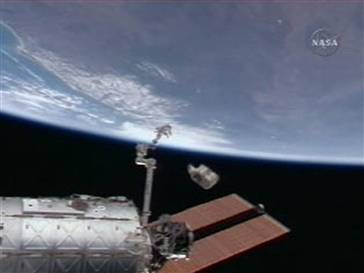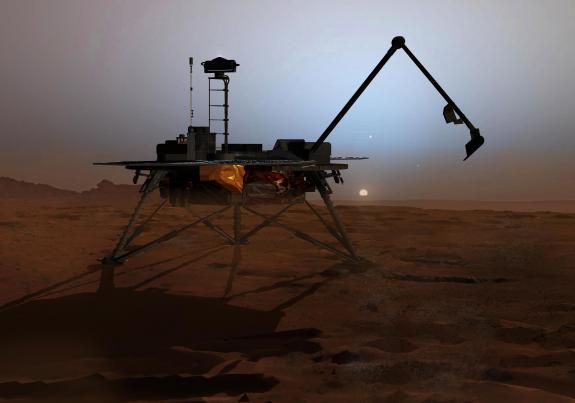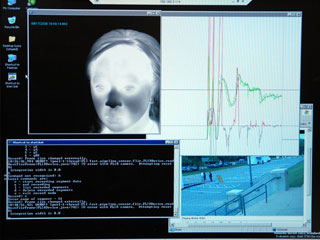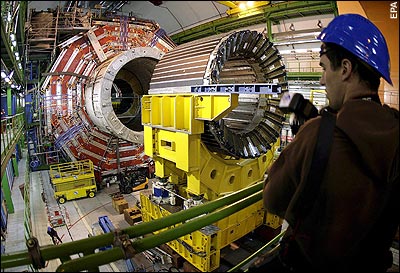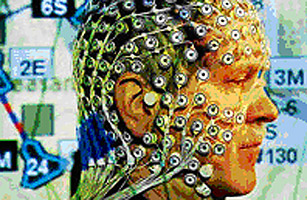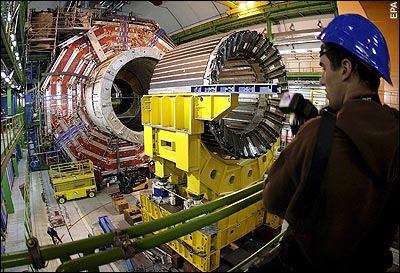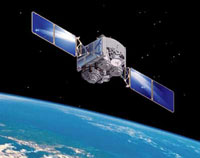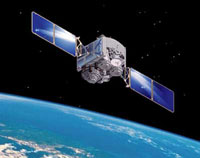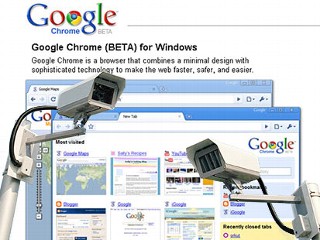 |
| The Roadster goes 0 to 60 mph in 3.9 seconds. Image: Yi-Wyn Yen |
SAN FRANCISCO – How much is Tesla Motors worth?
Tesla CEO Elon Musk won’t say, but it’s at least too expensive for General Motors to buy. “I’m not sure they can afford Tesla right now,” he said during a 30-minute talk Friday at the Web 2.0 Summit.
The South African-born entrepreneur talked candidly with host John Battelle about the failures of the auto industry and Tesla’s own troubles. Battelle had asked why GM (GM) doesn’t buy the electric car startup.
GM reported a $2.5 billion loss in the third quarter Friday and also warned that it could run out of cash soon. Said Musk, “There’s an issue with organized labor and trade and management still acts like it’s 1955. There are too many country club memberships, and [GM] management has focused on the wrong thing. ”
Tesla has been plagued with its own problems. In mid-October Musk, who has helped bankroll Tesla, became its third CEO in less than a year, announced layoffs and delayed the debut of its forthcoming electric sedan, the Model S.
Musk explained why Tesla had to let go 10% of his employees last month. “Before market Armageddon occurred, the point was to raise $100 million. And we intended to get going with that in full force before the market collapsed,” he said.
The company settled for cutting costs and raising $40 million from its existing investors. Musk says he’s backing half of the $40 million round. He has already poured $55 million of his own money into the company.

